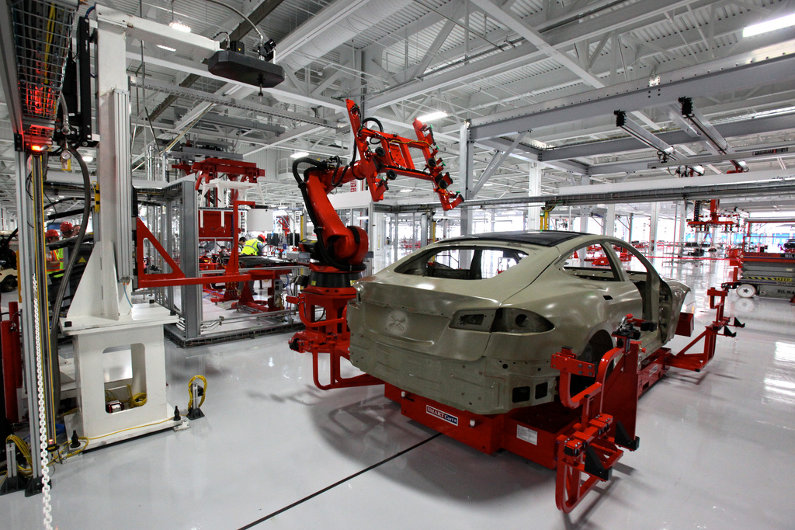Just as any business decision goes, there will be benefits and drawbacks to counter when choosing to automate specific tasks or aspects of a factory.
Factory automation is much more than introducing robotic systems into an industrial environment; it also consists of implementing software which will help make existing systems work for you more efficiently, reducing employee workplace obstacles, and making work a much safer environment for everyone –both man and machine.

Implementing factory automation systems will require much consideration into how it will affect each individual facet of your business, so we thought we would take a moment to highlight a handful of benefits and caveats that come with this brave new world.
Benefits of Factory Automation
1. It doesn’t mean a whole new factory
One of the biggest obstacles many factory C-level employees need to overcome is a soft one; the mind set and perception that re-outfitting their factories for a more strategic use of automation technologies means replacing all of your hardware and software.
Simply put, factory automation systems come in many forms:
Software upgrades; software that is running on existing hardware can be replaced to make those older machines work like new –software can increase communication between machines, productivity, power efficiency, and accumulate more data so you can choose the best way forward with data-driven decision making.
Phased hardware upgrades; you do not need to bite off more than your company can chew, and the transition process does not call for a loss in production value –instead, hardware upgrades may be the last thing on the list. It can take a while to plan your manoeuvre before new hardware starts hitting the factory floor.
2. Factory automation can also cut costs from the get-go
Efficiencies gained during the migration process can also holistically help the process pay for itself over time. I’m not suggesting it’s free as in beer, but it won’t hurt as much as you might think it would.
The idea is to ensure that every step along the way is adding to your bottom line as well as being a cost you already expected. Ideally, the only surprises should be good ones.
3. Take advantage of modern approaches and standards
A lot has changed in the last 30 years –or however long it has been since your last round of hardware and software was implemented.
New automation tools in terms of both software and hardware will ensure that you’re up to code and providing the safest work environment that is possible.
In Conclusion
Yes, it isn’t all a rosy picture; factory automation does come with added costs, headaches, and a lot of planning. However the end result is a good one, as most factory automated deployments will pay for themselves over time. Just like home automation systems, factory automation is ready for the mainstream.
A small increase in efficiency can mean cost savings by an order of magnitude. Do you have money hiding in your factory? You won’t find out unless you turn over stones and look for it. And factory automation is just the way to do so –and the time is now.
Do you have any thoughts or experiences with factory automation? Please share them in the comments!

